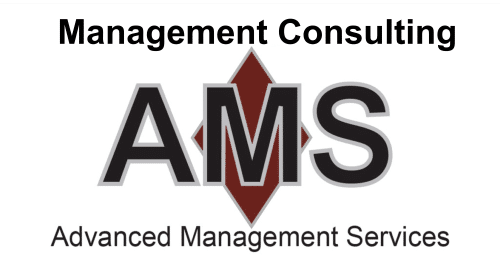Program Management Organizational Business Model
This consulting solution will provide you with a Program Management Organizational Business Model that reaches across the enterprise.
The Program Management Organizational Business Model involves coordinating multiple related projects to achieve strategic business goals. At AMS, our experts leverage a client-centric approach to build world-class Project Management Offices (PMOs). By aligning objectives, adhering to lifecycles, and integrating Lean and Agile methodologies, we ensure sustainable solutions for your organization.
Program Management Considerations
At its core, program management is more than a buzzword; it’s the big picture in high definition. Imagine a symphony where each instrument represents a critical project, and the conductor ensures they play in perfect harmony. Similarly, program management handles major initiatives by coordinating cross-functional efforts. It’s the bridge between strategy and execution, weaving together threads from marketing, engineering, finance, and beyond. By freeing up project and product management to focus on their core responsibilities, program management becomes the strategic compass that guides organizations through turbulent seas.
The Cross-Functional Program and Project Nexus
Picture a room where a software engineer, a marketer, a customer service specialist, and a financial analyst gather. It’s not a joke; it’s the groundbreaking engine driving today’s most successful organizations. These cross-functional project teams are twice as likely to complete projects on time and under budget Why? Because they blend diverse expertise, perspectives, and skills. A marketer’s insights elevate a coder’s brilliance, while a financial analyst provides a reality check on creative visions. And the customer service specialist? They bridge the gap between creation and reception.
Program Management Strategic Considerations
As a successful management best practice, Program Management focuses on these key considerations and areas:
- Identification and Mapping of key strategic objectives to the program level
- Program Initiation: Project Charter development and approval
- Program Governance: Program Execution Planning and Program Infrastructure
- Constituent Project Identification, Alignment, and Performance
- Stakeholder Identification and Communication, Steering Committee Infrastructure
- Benefits Realization: Ongoing program performance and status
Organizational Design for a Cutting-Edge Program Management Implementation
But how do organizations create this magic? It starts with organizational design. Here are the critical aspects that support cross-functional program management:
-
Clear Roles and Responsibilities
Define who does what. Program managers, project leads, and team members must understand their roles and how they fit into the larger puzzle.
-
Effective Communication Channels
Break down silos. Cross-functional teams thrive when communication flows seamlessly. Whether it’s Slack, regular stand-ups, or virtual coffee chats, the channels matter.
-
Shared Goals and Metrics
Align everyone’s compass. When marketing, engineering, and finance share common objectives, they row in the same direction. Metrics like ROI, customer satisfaction, and time-to-market become the North Star.
-
Flexible Structures
Rigidity stifles innovation. Design your organization to adapt. Cross-functional teams need room to pivot, experiment, and iterate.
-
Leadership Support
The C-suite sets the tone. When leaders champion cross-functional collaboration, it cascades down. They allocate resources, break down barriers, and celebrate wins.
Project Management Maturity – Measure PMO activity against specific elements of PMO maturity
- Governance – Consistently and effectively measuring and reviewing performance.
- Integration & Alignment – Manage project integration by aligning initiatives to organization strategic objectives across business functions.
- Processes – Standardizing and documenting PMO structure, policies, procedure, processes, etc.
- Technology & Data – Monitor to ensure use of latest and appropriate project, program, and portfolio management tools. Utilization of data to make informed decisions.
- People – Ensure the development of project leadership skills: collaboration, flexibility, adaptability, business acumen, etc. Investing in learning and development effectively.
Summary
Program management isn’t a solo act; it’s a symphony. And the best symphonies? They blend instruments, harmonize melodies, and create magic. So, as you embark on your program management journey, remember: the cross-functional nexus is where the music happens.
Join the ranks of leading organizations that have partnered with AMS to drive innovation, improve performance, and achieve sustainable success. Let’s transform together, your journey to excellence starts here.
